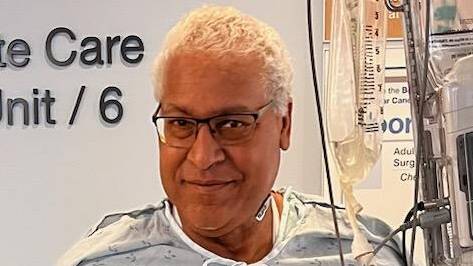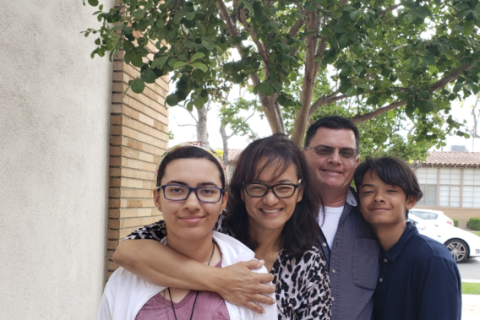Don’t Be Afraid of Aggressive Mesothelioma Treatment

Fact Checked | Written by: Michael Cole | Last Update: 04/02/2025 | 3 Min Read
When I was diagnosed with malignant pleural mesothelioma in 2015, thoracic surgeon and mesothelioma expert Dr. David Sugarbaker told me there were choices about how aggressively we could go about treating it.
He explained that in my case, an extrapleural pneumonectomy surgery with heated chemotherapy was the best course of action. With EPP he could save as much healthy tissue as possible, or be more aggressive in his effort to remove all potentially cancerous tissue.
In the first case, he would remove the cancerous tissue and as little other tissue as necessary. In the second case, he would remove the visibly cancerous tissue as well as any and all suspect tissue. This surgery would, as I understood, not only rely upon what could be seen, but would be based more on what he knew about where mesothelioma typically is found and where it reoccurs.
Aggressive Surgery Offers Hope
Dr. Sugarbaker made it clear that the cancer is itself very aggressive, and if even a very small amount remained, it would almost certainly take off again, requiring more surgery. While a cure as such was not spoken of, removing as much potentially infected tissue as possible in the beginning reduced the likelihood that the cancer would return in the short term. In fact, some people had not had a recurrence years after their surgery.
As I considered what the doctor told me, a few things came to mind. One, it seemed clear to me that this cancer could and almost certainly would kill me sooner rather than later if we did not take drastic action.
Second, I had seen people with different types of cancer struggle through surgery after surgery and treatment after treatment in an effort to extend their lives. I knew I would rather take a chance on a really extensive and difficult surgery at the start to reduce the possibility of a series of surgeries and chemotherapy.
At that time, surgery and chemo were really the only treatments in practice for pleural mesothelioma. I said to Dr. Sugarbaker, “Doctor, I want you to get everything you can see, everywhere you think it might be hiding and everywhere you think it might go.” He was visibly relieved when I told him that, and assured me that he believed I was making the right choice.
As it has turned out, the EPP with HITHOC followed by four rounds of chemotherapy was not the end of my treatment journey, but rather only the beginning. However, whatever may have occurred since, I believe that the aggressive treatment I had in the beginning was absolutely necessary to give me a chance to be here now, and I am grateful for the decision that we made.





